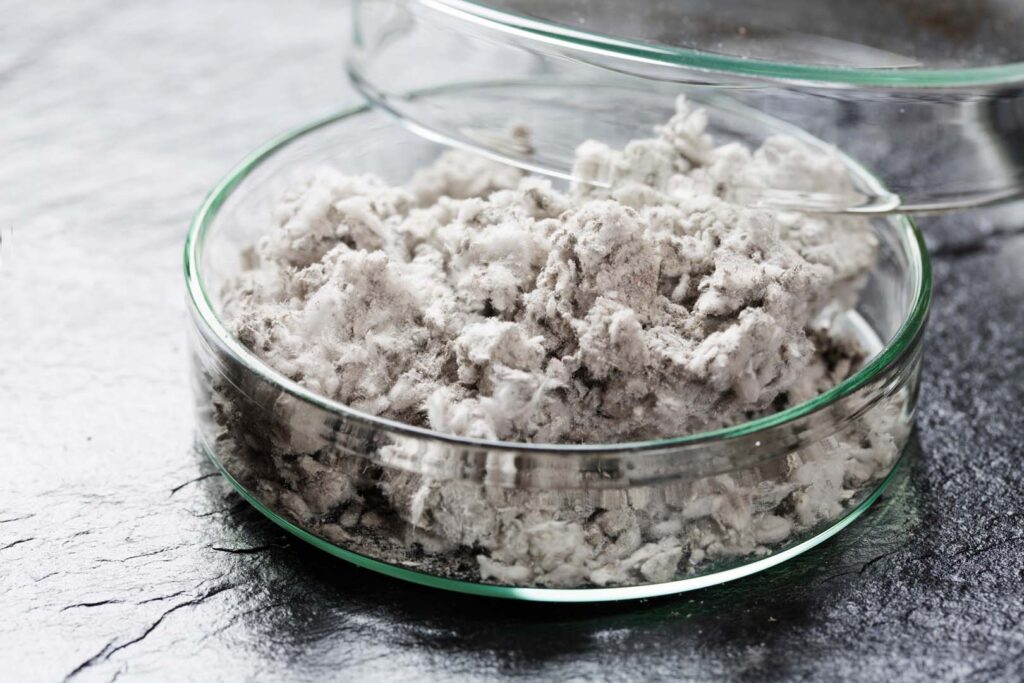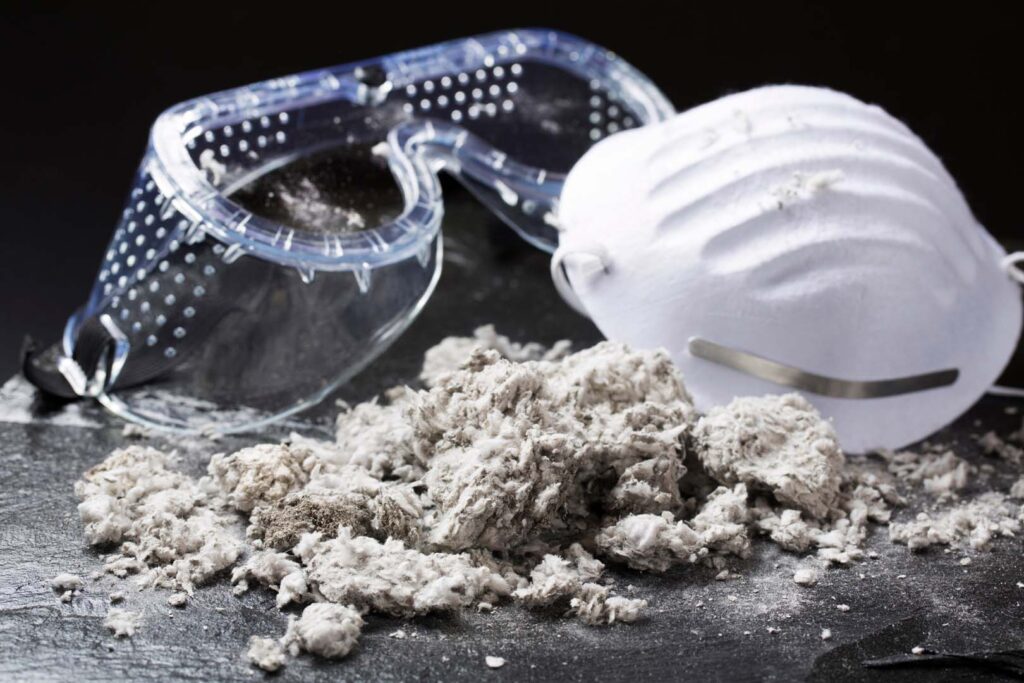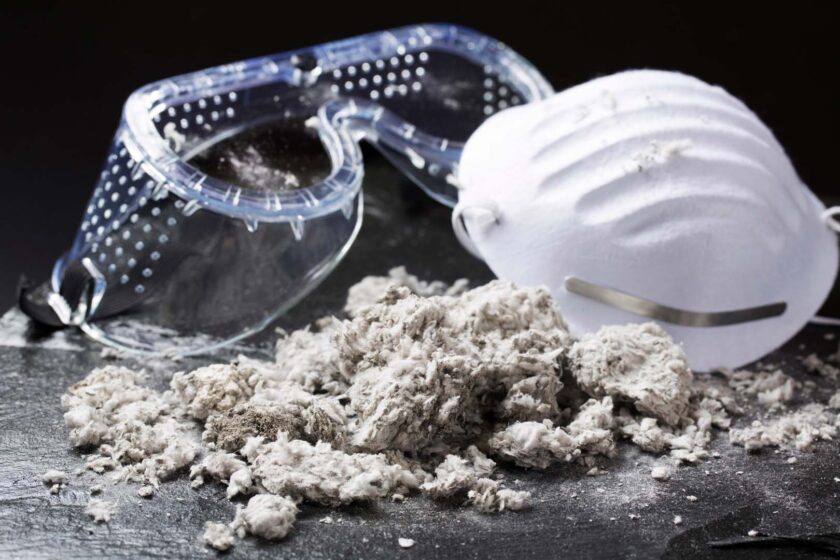When it comes to safeguarding your living space, understanding the presence of asbestos containing materials is crucial. In many buildings constructed before the 1980s, asbestos was used for insulation and fireproofing purposes. However, over time, it has been discovered that asbestos poses serious health risks, leading to strict regulations regarding asbestos removal, disposal, and abatement.
In this guide, we will delve into ways to identify asbestos, asbestos testing methods, and essential tools for the removal of asbestos from your home. If you suspect that you might have asbestos containing materials, follow these key steps:
1. Know the Common Locations
Asbestos containing materials can be found in various locations such as:
- Insulation around boilers, ducts, and pipes
- Floor tiles
- Roofing and siding materials
- Popcorn ceilings
Understanding where asbestos might be present is the first step in detection of asbestos.
2. Hire a Professional for Asbestos Testing
When it comes to asbestos testing, hiring a certified professional is recommended. They will have the specialized equipment and knowledge to perform safe and accurate detection of asbestos.

3. Use Asbestos Testing Kits (Carefully)
If professional testing is not an option, you may choose to use an asbestos testing kit. Follow the instructions carefully, and remember that DIY testing may not be as accurate as professional asbestos testing.
4. Understand the Importance of Asbestos Abatement
Once asbestos has been detected, asbestos abatement is necessary. This is the process of removing or containing the asbestos containing materials in a safe manner. This should be done by certified asbestos removal specialists to ensure proper disposal of asbestos.
5. Tools Required for Asbestos Detection and Removal
For professionals in the field, the typical tools include:
- Respirators: Proper protection for the respiratory system
- Protective Clothing: Full-body suits to prevent asbestos fibers from contacting the skin
- Sealed Containers: For secure asbestos disposal
- HEPA Vacuums and Wet Methods: To minimize the release of asbestos fibers during removal

6. Asbestos Disposal Guidelines
Disposal of asbestos must follow local regulations. Asbestos waste should be sealed in leak-tight containers and labeled accordingly. It must be taken to a disposal site that accepts asbestos-containing waste.
Conclusion
Identifying asbestos in your home is a critical step in maintaining a healthy living environment. Whether you choose to hire a professional for asbestos testing or attempt to identify it yourself, understanding the proper techniques and tools for asbestos removal and disposal is essential.
If you suspect asbestos containing materials in your home, don’t hesitate to seek professional assistance for asbestos abatement. From detection of asbestos to the removal and disposal of asbestos, following these guidelines will help ensure that your home remains safe and asbestos-free.
If you are in doubt does your home or property has asbestos-containing materials and want to find out, do not hesitate to reach out to our experienced team of professionals today on: 0475 143 106 or email us on: asbestosgoneandclean@gmail.com for safe, expert asbestos removal services you can trust!


